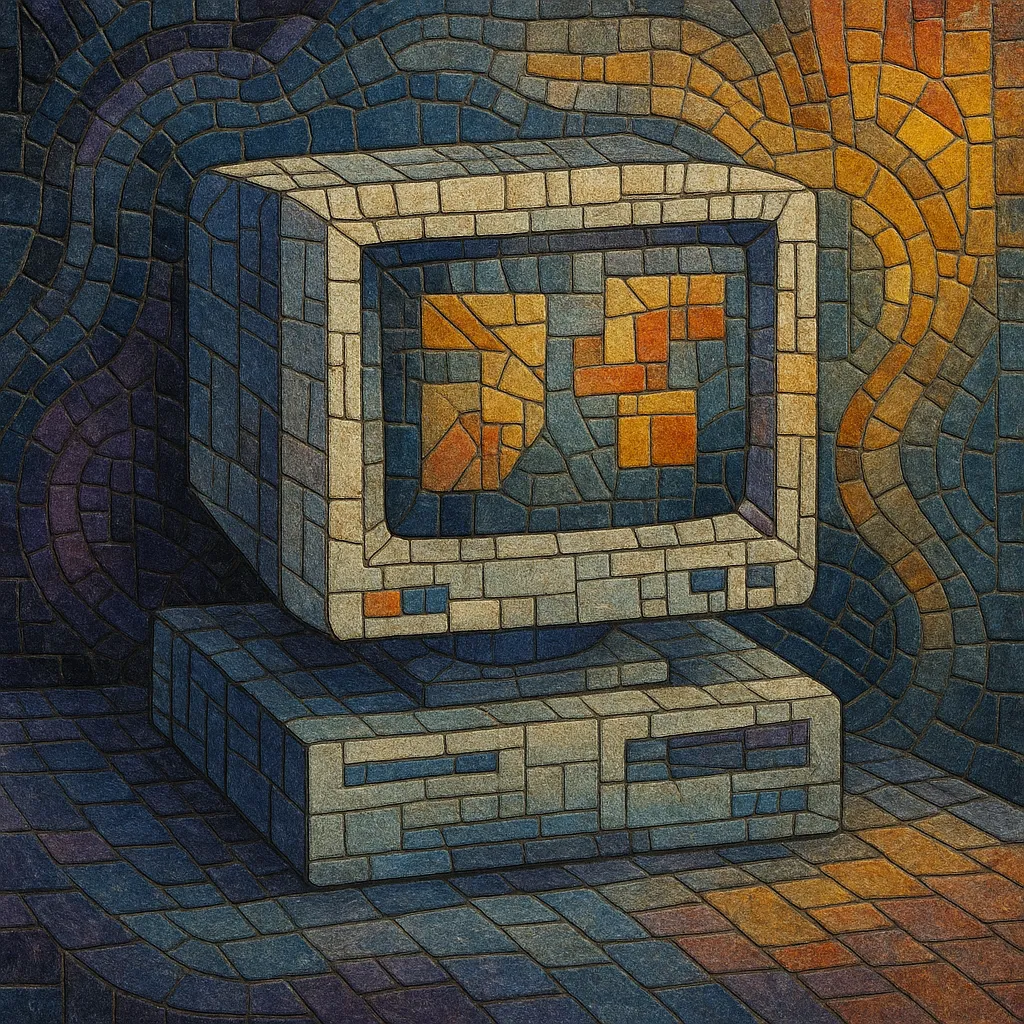Spamwave is a microgenre of vaporwave and sample-based collage that centers on the sounds, aesthetics, and affect of early-2000s internet clutter: spam emails, robocalls, pop‑up ads, infomercials, and adware/OS notifications. Producers loop, time‑stretch, and detune these commercial and computational artifacts into hypnotic, uncanny textures that feel both nostalgic and slightly menacing.
Musically, spamwave favors slow to mid‑tempo loops, heavy reverb, pitch shifting, and granular edits. It blends corporate muzak, hold music, TTS voices, dial tones, and UI sounds with vaporwave’s dreamy pads and tape‑hiss patina. The result is a haunted-office ambience—equal parts retro tech nostalgia and digital detritus.
Spamwave emerged online during the vaporwave boom, when Bandcamp, SoundCloud, and cassette micro‑labels enabled rapid iteration of internet‑born microstyles. Artists began foregrounding the raw materials of the commercial web—spam emails, robocalls, pop‑up SFX, and infomercial chatter—treating them as primary musical content rather than background seasoning. This approach dovetailed with vaporwave’s interest in corporate ambience and hypnagogic pop’s retro‑tech nostalgia.
Netlabels and tape imprints associated with vaporwave helped codify the sonic palette: compressed hold music, text‑to‑speech monologues, call-center chatter, modem/dial tones, Windows-era UI sounds, and late‑night TV ads. Visuals mirrored early web culture: fake antivirus banners, popup-window collages, QR codes, and glitchy corporate logos in pastel gradients.
Through the late 2010s and into the 2020s, spamwave remained a niche yet persistent current within the broader vapor scene. It occasionally cross-pollinated with YTPMV and soundclown practices, borrowing their rapid-fire editing and meme-aware juxtapositions while retaining vaporwave’s slower, dreamlike pacing and melancholic sheen.


